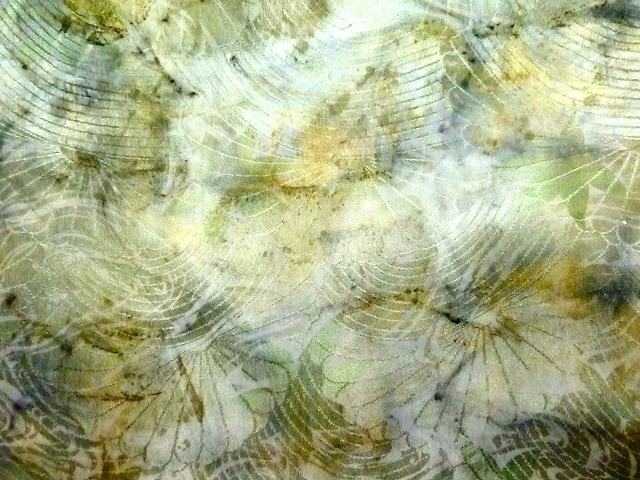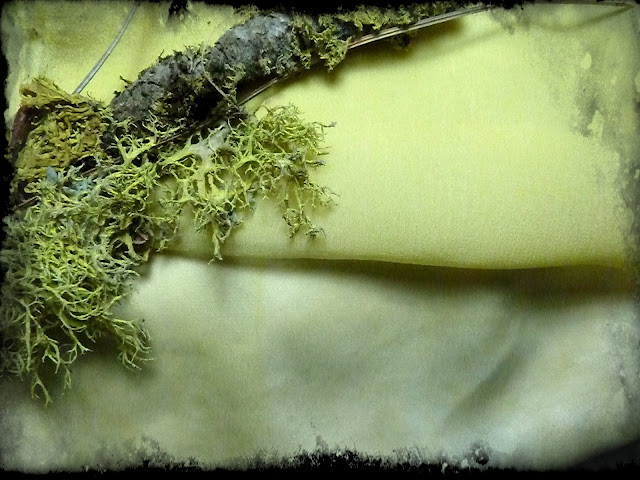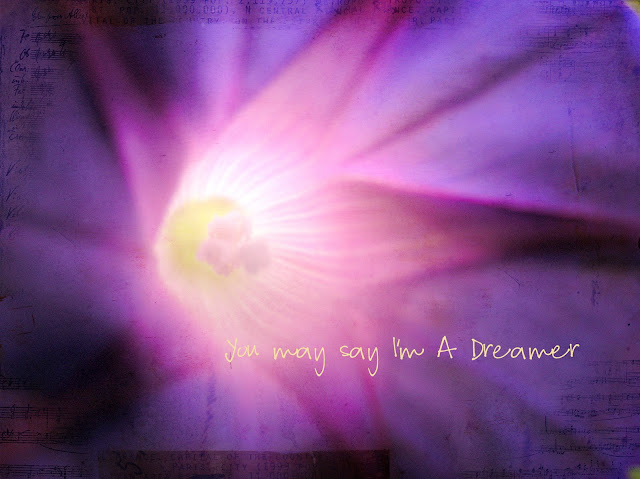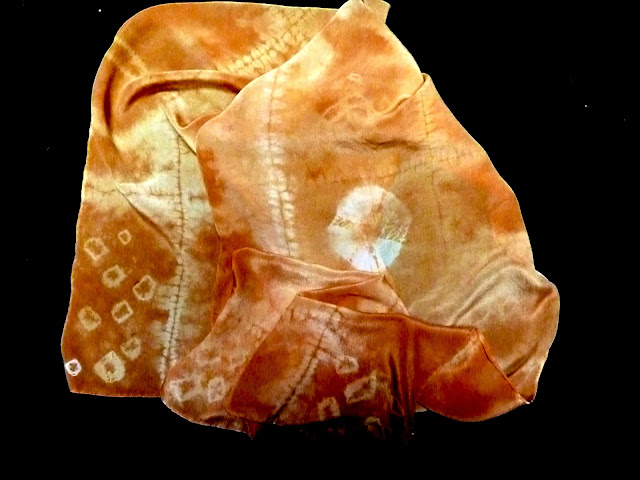Posts
Showing posts from October, 2011
Eco Dyeing: A Small Success Can Become Fuel For Further Experiments
- Get link
- X
- Other Apps
Beautiful Natural Dye Results and Seasonal Earrings s
- Get link
- X
- Other Apps
Freedom From Fear - Of Color Mixing That It Is! A Class With Gail Harker
- Get link
- X
- Other Apps
"Lost Crates" : Put A Little Magic In Your Life!
- Get link
- X
- Other Apps





